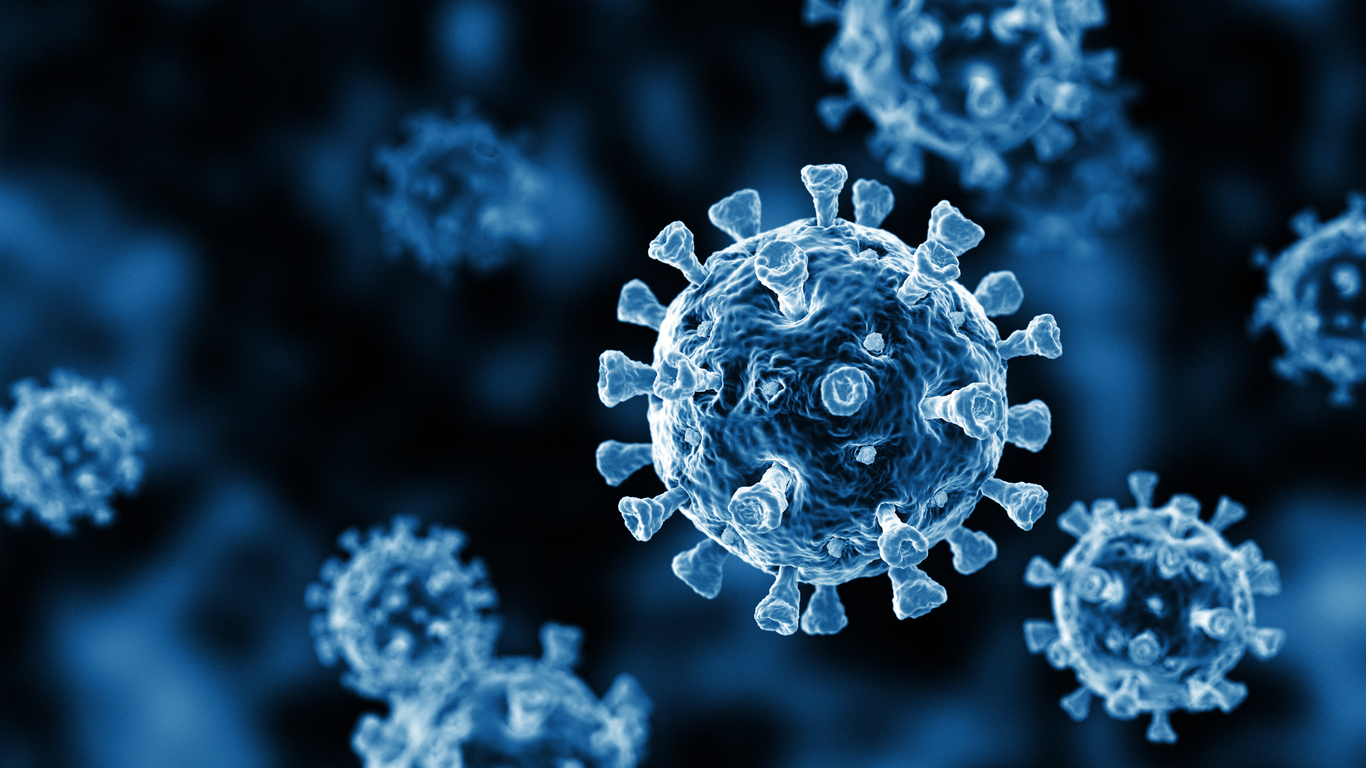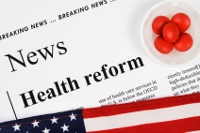
The World Health Assembly, the decision-making body of the World Health Organization (WHO), concluded its annual meeting in Geneva, Switzerland, on June 1 without consensus on the WHO Pandemic Agreement.
The initiative for a pandemic agreement began in December 2021, as countries grappled with the impact of the COVID-19 pandemic. The goal was to create a legally binding international instrument to ensure equitable access to medicines, enhance cooperation among nations, and improve the global response to future health crises. The agreement, if adopted, would be only the third legally binding health accord negotiated by WHO member states, joining the International Health Regulations (IHR) and the Framework Convention on Tobacco Control.
The World Health Assembly, the decision-making body of the World Health Organization (WHO), concluded its annual meeting in Geneva, Switzerland, on June 1 without consensus on the WHO Pandemic Agreement.
The initiative for a pandemic agreement began in December 2021, as countries grappled with the impact of the COVID-19 pandemic. The goal was to create a legally binding international instrument to ensure equitable access to medicines, enhance cooperation among nations, and improve the global response to future health crises. The agreement, if adopted, would be only the third legally binding health accord negotiated by WHO member states, joining the International Health Regulations (IHR) and the Framework Convention on Tobacco Control.
Intellectual Property
One of the most contentious issues in the negotiations over the treaty has been its treatment of intellectual property (IP) rights. Opponents contend that provisions in the draft agreement could undermine the IP protections which they say are crucial for pharmaceutical innovation.
As examples, Article 10 and Article 11 of the draft agreement encourage the transfer of technology and know-how. They also suggest that research and development institutes and manufacturers forgo or reduce royalties on pandemic-related products for a limited duration.
Divergent Views
The debate over IP rights has revealed a deep divide between high-income and low- to middle-income countries. Many low- and middle-income countries argue that IP barriers hinder equitable access to life-saving treatments and vaccines. Many non-governmental organizations have echoed their concerns.
High-income countries and pharmaceutical companies argue that strong IP protections are essential for incentivizing the development of new medical products. They contend that weakening these protections would discourage investment in research and development, ultimately harming global health preparedness.
Key Provisions and Opposition
The draft agreement’s provisions on IP have faced significant opposition. Article 12, which establishes the WHO Pathogen Access and Benefit-Sharing (PABS) System, stipulates that parties will not seek to obtain IP rights on shared pathogen materials. This provision aims to ensure rapid and equitable access to pandemic-related products but has been criticized for potentially disincentivizing innovation.
In the United States, opposition to the treaty has been strongest on the political right, with organizations such as the Family Research Council staunchly opposed to U.S. participation in the WHO. But the treaty has not been a strictly partisan issue. Senators from both sides of the aisle joined in a letter to the White House warning against the risk associated with “waiving a broad scope of IP rights,” reducing incentives to invest in pandemic-related research and development.
The biopharmaceutical industry, represented by groups like PhRMA, has acknowledged that the treaty could enhance disease surveillance and encourage the strengthening of national health systems, both wins for global health. However, they also contend that the treaty contains provisions that would “stifle scientific innovation,” as stated in a PhRMA press release.
Negotiation Stalemate and Path Forward
The negotiations have been further complicated by the lack of trust between high- and low-income countries, stemming from what some have characterized as the inequitable distribution of COVID-19 vaccines and treatments during the pandemic. Oxfam International has gone so far as to accuse the world’s wealthier countries of “vaccine apartheid.” This mistrust has made it difficult to reach a consensus on key issues, including IP rights and technology transfer. The 47 member states of the African region joined in calling for stronger provisions to ensure equitable access to medical countermeasures.
Despite the setbacks, WHO officials, including Director-General Tedros Adhanom Ghebreyesus, remain optimistic about eventually reaching an agreement. In a recent statement, Ghebreyesus emphasized the importance of continuing negotiations to ensure the world is better prepared for future pandemics. However, with significant differences still unresolved, the path forward remains uncertain, and further compromises from all sides may be necessary to finalize the pandemic agreement. The Assembly set a new target of reaching an agreement within one year, by the 78th WHA in 2025 or potentially earlier at a special session.
